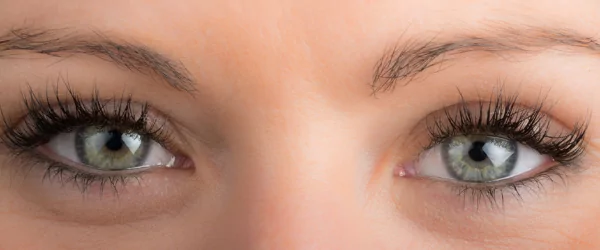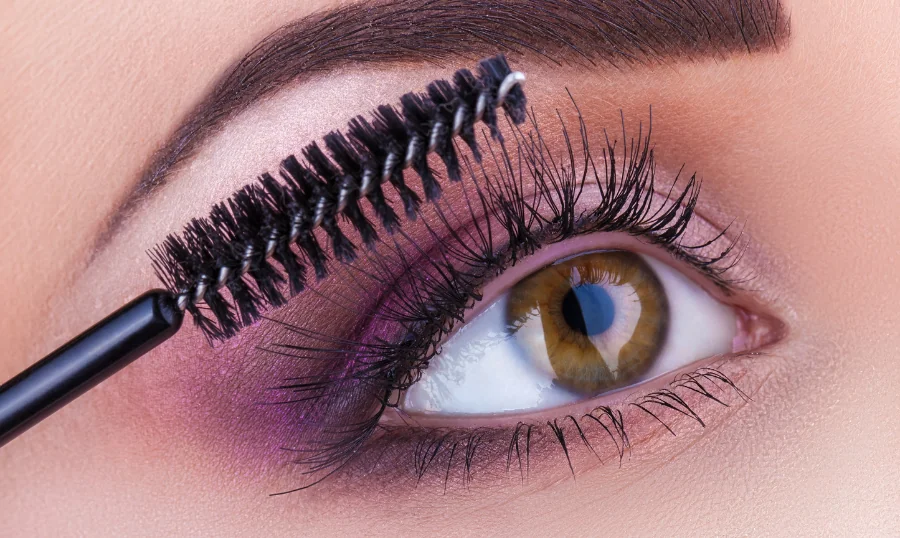How Athletes Safeguard Their Vision: Essential Tips for Protecting Eye Health
As an athlete, your eyes play a vital role in performance. Whether you're a professional or a weekend warrior, maintaining optimal eye health is key.

A pterygium is an eye condition with many other names. Commonly known as surfer’s eye, it’s often experienced by people who live in hot sunny regions or have overexposure to UV light. While it can look scary and cause vision problems, it’s not usually a serious condition and is easily treated. Here, we look at identifying pterygia, the leading causes, what you can do to minimise these and treatment options.

It’s a fleshy growth that typically develops in the corner of the eye (often triangular or wedge-shaped) that extends onto the cornea. If left untreated, this noncancerous growth can become irritating, and as the growth extends across the cornea, your vision is impaired. While it usually only affects one eye, it can affect both simultaneously – this is known as bilateral pterygia.

Sometimes you won’t notice any symptoms before the pterygium appears. However, often you might experience:

The leading cause of a pterygium is exposure to UV light, which is why it’s also known as surfer’s eye. For this reason, it’s not common in children and tends to occur in people aged 20 to 50, affecting roughly 12% of people worldwide and more frequently in males. It’s particularly prevalent in:
Other causes include family history and repeated eye irritation from hot and dry weather or wind and dust.

Yes, it can. The best way to reduce your risk of a pterygium forming is to reduce your exposure to the factors that cause it to occur.
This includes:

An ophthalmologist will diagnose the condition by looking at the front part of your eye with a special microscope called a slit lamp. Generally, no other tests are needed for diagnosis. The recommended treatment options will depend on the severity of the pterygium.
If your symptoms are mild, you may not need any treatment
A specialist will simply schedule regular visits to check if the pterygium is growing or causing vision problems.
If your symptoms are severe, surgery or medication may be required
If the pterygium grows large enough to affect your vision, your eye doctor may recommend lubricating or anti-inflammatory eye drops. Occasionally, an ophthalmologist may recommend steroid eye drops.
Surgery is recommended if your vision is severely affected and if eye drops aren’t providing adequate relief.
It involves the removal of the pterygium from the sclera (white of the eye) and cornea of the eye, which is then covered with a small graft of your healthy tissue (usually taken from under your upper eyelid). The graft is then secured with advanced natural tissue glue to aid healing and comfort.
While the procedure is mostly painless, it’s normal for your eyes to feel scratchy for a few days post-surgery. To help with recovery, you will need to use eye drops for about a month afterwards.

Whether it’s increased exposure through your work environment, a hobby or simply a product of an outdoor lifestyle, adequately protecting your eyes is the best way to prevent a pterygium.
If you’re experiencing any symptoms or are concerned about the possibility of a pterygium on your eye, speak to one of Auckland Eye’s highly trained ophthalmologists for specialist care today.
Book an appointment now at https://www.aucklandeye.co.nz/contact-us/ or call 0800 25 53 93

As an athlete, your eyes play a vital role in performance. Whether you're a professional or a weekend warrior, maintaining optimal eye health is key.

Transforming Little Worlds with Clear Vision!

Our eyes are not just the windows to the soul—they're also incredibly sensitive to the products we apply to our skin.